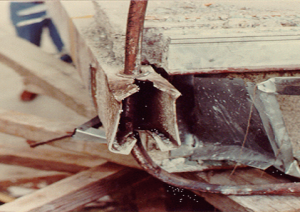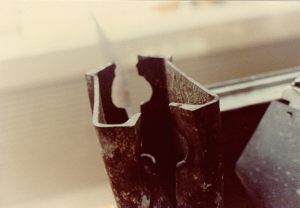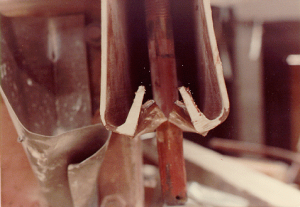On July 17, 1981 Hyatt Regency Hotel walkway collapsed in Kansas City, Missouri. Around 7:05 PM hotel guest of an about 1, 600 gathered to participate in a traditional “tea dances”. Many of the people gathered on the dance floor located on the ground floor. On top of the dance floor were three various walkways suspended from the fourth floor. The fourth floor walkways collapsed due to excessive weight; which caused the other walkways on below to collapse leading to the killing of 114 dead and 216 people injured. The hotel is 40 stories up construction begin in 1978. The hotel opened officially on July 1, 1980. Even before the open of the hotel on July 1, 1980 the site suffered an incident on October 14, 1979 which a 2, 700 square feet atrium roof collapsed due to failure of one of the connections at the its end. What made the Hyatt Regency stand was their lobby, which featured a multistory atrium across by three concrete walkways on the second, third, and fourth floors.
The engineers behind the hotel project were Jack D. Gillum, P.E. structural engineering state license since 1968 and Daniel M. Duncan, P.E. structural engineering since 1979.
After the collapse investigation relieved that the fourth floor walkway exceeded its weight limitation. The original box beam design was not used during the time of construction which did not meet the requirement of Kansas City building code. The fabricator company Havens Steel Company proposed modification to simplify the assembly task and eliminate the need to install additional length of rods. By eliminating the additional rods to be installed this created additional pressure on the fourth floor walkway beams and nuts in place to hold everything together. This altercation resulted in the fourth floor beam to support two walkways instead of one. Ultimately the box beams, supporting rod nuts, and washers deformed due to stress of excessive weight. At the time of the collapse the box beams separated from the ceiling rods.
Engineering ethics were not followed in this situation when altercation to the design was made. The engineers in charge should have looked over the new design plan and reviewed it to see if it held up with the original design plans. The lack of over-site on the new design plan to save time and money lead to this collapse. There never a real short cut in anything in life. To take a short cut there must be something that is scarified, in this situation was ultimately dead of innocent people.
Close ups of some of the 4th floor beams damaged






